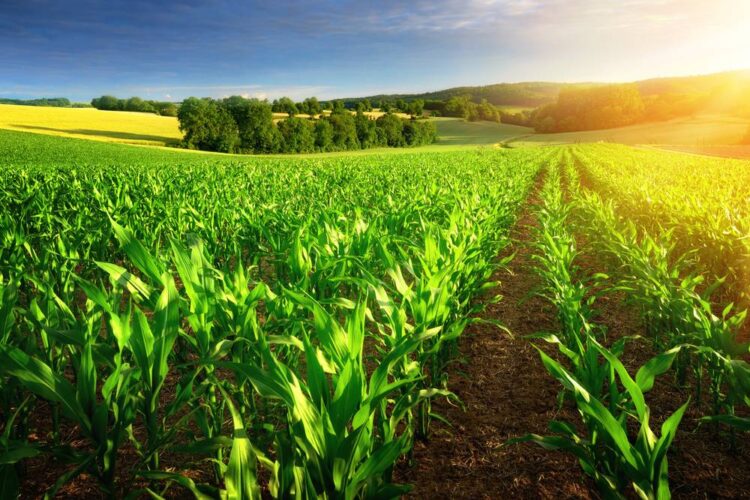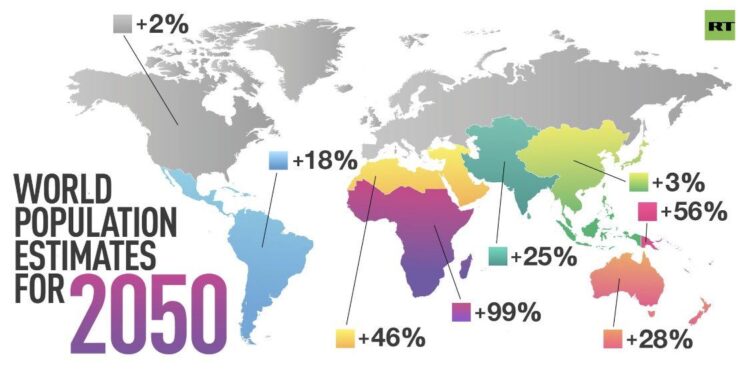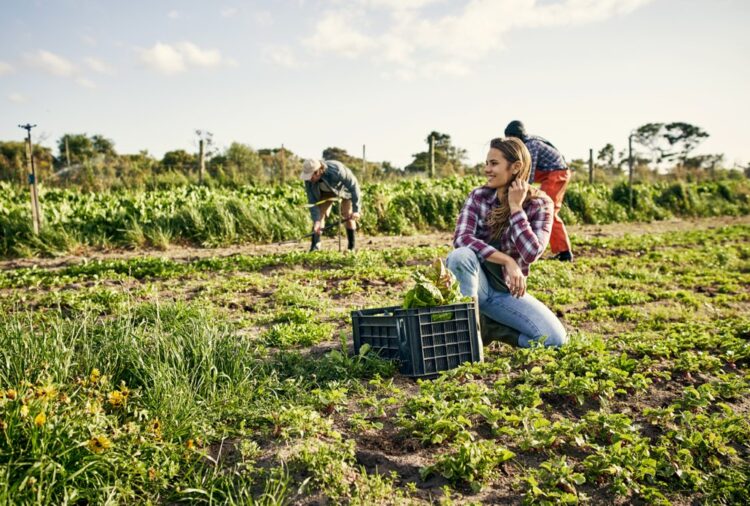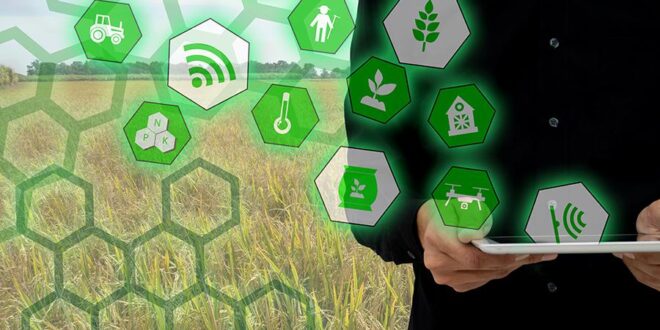Industrial agriculture was considered an essential resource for a rapidly growing world in the past. With the help of chemical pesticides, plant hybrids, and synthetic fertilizers, people tried to solve the problem of hunger and ensure economic prosperity. Agricultural production has more than tripled during the last 70 years. It has helped alleviate food shortages with an ample supply of low-cost food.
However, the price of such abundance was severe damage to the environment. Because of this, in particular, a decline in agricultural production is expected in the future. Thus, it is vital to protect and improve the environment and human health along with production development. However, not all people know about sustainable agriculture and the environment and what can help their development. Here are ten critical facts. For more information, visit eos.com.
1. Agriculture Is Everything Involved with Growing Plants and Animals

This thesis accurately conveys the development features of both industrial agriculture and small private farms. They all need agricultural machinery, equipment, fertilizers, and buildings; science works for agriculture, producing genetically improved seeds and animal feed. It also comprises a business with all financial and legal aspects, including marketing and product sales.
2. Farming Is High-Tech These Days
High technologies are an integral part of the modern agricultural economy. Farmers actively use mobile devices, drones, and even robots. Greenhouses are equipped with climate control and livestock farms with automated feeding systems. Computer technology makes it possible to eliminate various risks. For example, during a power outage, backup generators are automatically started, and enterprise employees receive a notification of a problem. Thus, farmers can improve product quality and minimize losses.
3. Cultivating Trees on Farms Can Boost Crop Yields
Trees have several valuable functions for agriculture at once. They fix nitrogen in the soil, protect erosion fields, and their fallen leaves are a source of organic matter for the ground. For these reasons, agroforestry actively spreads in different regions. For example, this practice is actively used by Niger, where agroforestry systems cover about 5 million hectares of agricultural land. In particular, it allowed increasing the yield of corn in the country significantly.
4. We Don’t Need to Accept a World With 9.6 Billion People by 2050

The constant growth of the world’s population exacerbates the threat of global food shortages. This problem is especially acute in sub-Saharan Africa. That is why healthcare and education development is a priority for local governments. In this way, it is possible to achieve a reproductive level of fertility when the number of the population during the change of generations remains the same. It will reduce consumption by 600 trillion kcal per year by 2050 and help solve the global food problem.
5. Switching Crops Is the Future
Climate change has a direct impact on agriculture. As a result, optimizing agriculture for this problem and switching crops is necessary. In particular, by 2025 in Mexico, coffee production may not be possible due to the heat. Therefore, the country’s government looks for cocoa varieties that are more suitable for the new conditions. Switching crops can help small farms increase their productivity.
6. Industrial Farming Caused Epidemics of Obesity and Chronic Disease
Manufacturers use industrial agriculture products in cheap food products. It has reduced world hunger at one time, but this calorie-based approach is unhealthy. With the rise in popularity of processed and ready-to-eat foods, people suffer from obesity and nutrition-related diseases such as diabetes and stroke have increased. Many diseases are chronic, which makes the situation even more dangerous. That is why producing high-quality and safe food products is critically important.
7. Small-Scale Farmers Are Vital to Domestic Food Security

Providing the population with food is the most critical task for any state’s government. At the same time, many countries produce much less food than they consume. In the long term, this trend may threaten domestic food security.
For example, this problem exists in the UK, where domestic production is 24 percent less than consumer needs. The yield of wheat, the most important crop, has not increased for 15 years. In such a situation, the country needs to support small farmers worldwide in equal access to markets and capital, investment in infrastructure and technology, etc.
8. Industrial Farming Entrenches Inequality
Small farms make up most agricultural enterprises, but large producers occupy most land. In this regard, the latter have disproportionate control over resources and, therefore, are not interested in technology development.
This situation harms smallholder farmers with limited resources and consumers who receive lower-quality products. The latter usually receive a high-calorie diet low in micronutrients. As a result, cognitive development and resistance to disease worsen in people. This problem has negative consequences for human health and the economy due to a decrease in economic productivity.
9. We Shouldn’t Just Accept Climate Change
While the negative impacts of climate change become a reality, we must continue to reduce our greenhouse gas emissions. Today, agriculture accounts for about 25% of them. We can lower this by protecting forests and intensifying agricultural production. It can be like changes in land cultivation, using less harmful fertilizers, animal husbandry’s modernization, etc.
Farmers are not alone in this: Research organizations like the World Resources Institute work with businesses and governments to develop practical solutions to global problems. At the same time, analysts consider both environmental and economic interests.
10. Modern Farmers Care About the Land and Water

Today, sustainable agriculture is the industry’s goal. Without preserving and protecting the environment, it is impossible to build a long-lived business and provide people with high-quality, healthy food. Moreover, people use local water and land for their subsistence in a rural setting, so pollution directly affects their health. Modern farmers understand their responsibility and make every possible effort to use natural resources safely.
Sustainable agriculture and environmental protection are multifaceted and critically dependent on many aspects. At the same time, we all can improve the situation: consumers, companies, and governments. Reducing food loss and waste, producing food that is safe for human health and the environment, and investing in sustainable agriculture — all these measures will gradually help us achieve the necessary goal.
 Hi Boox Popular Magazine 2024
Hi Boox Popular Magazine 2024



